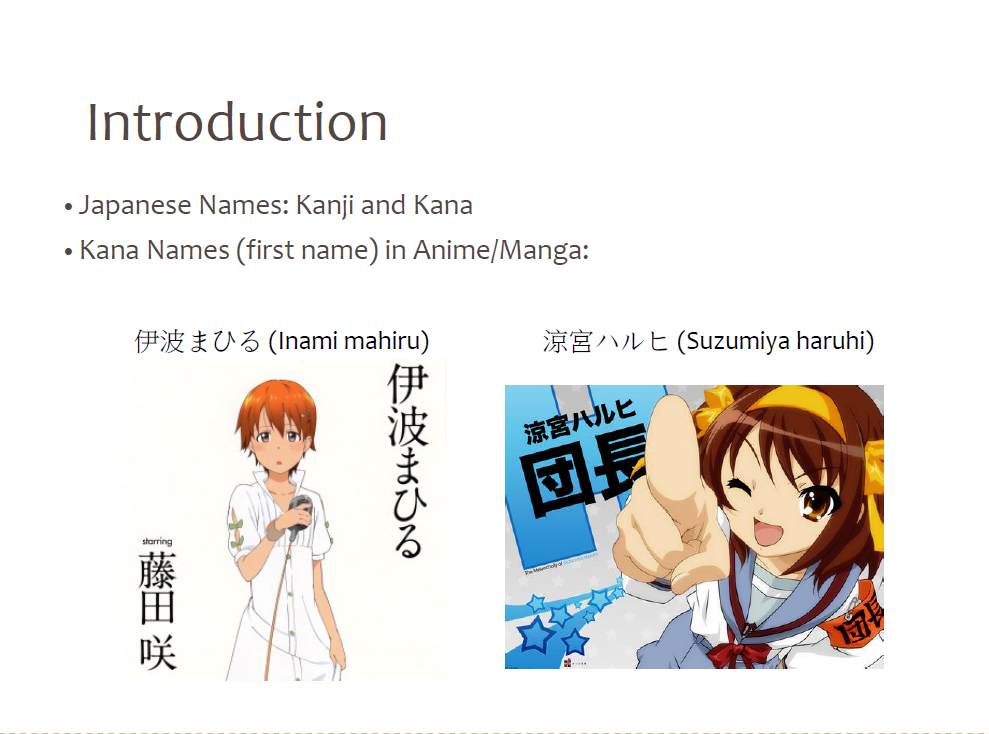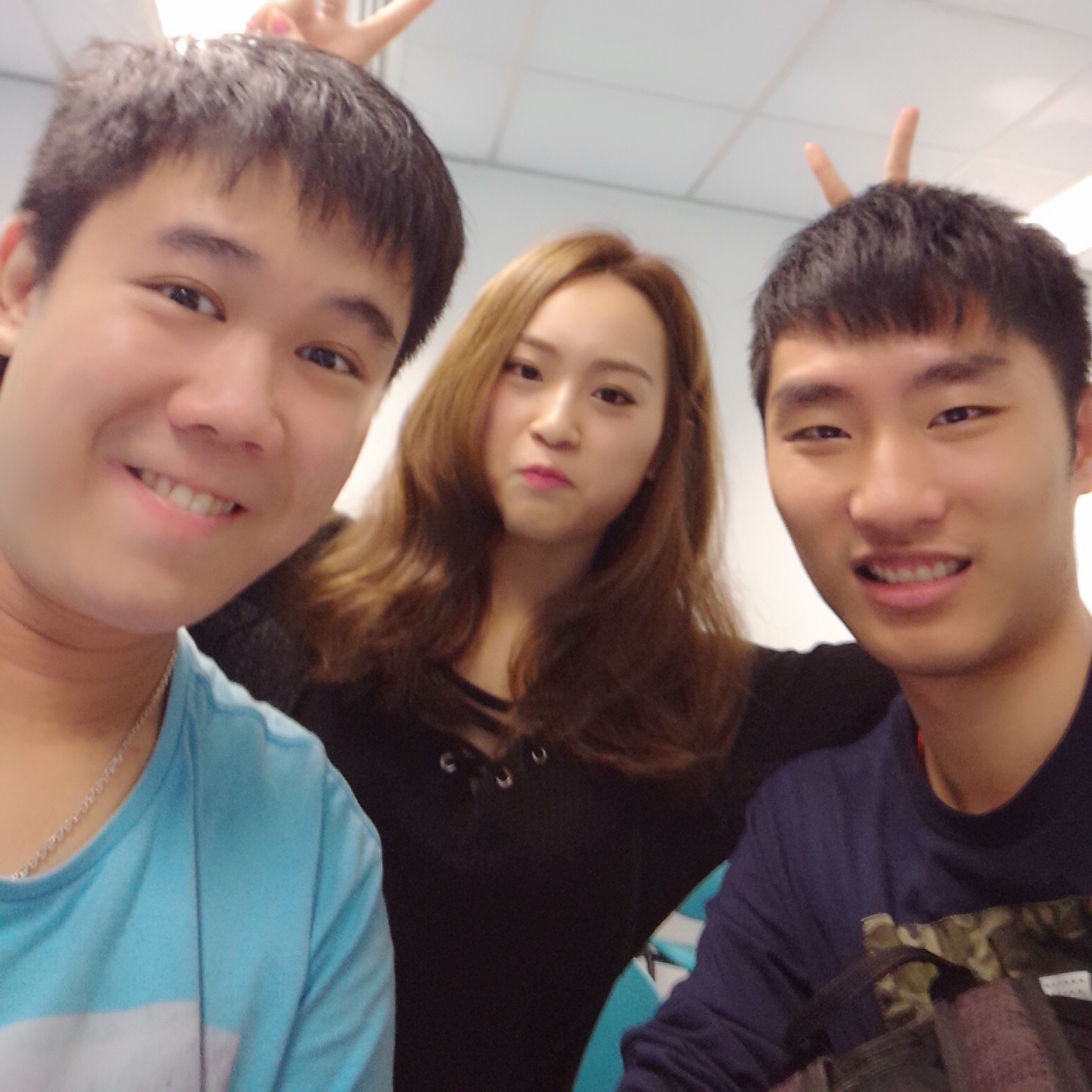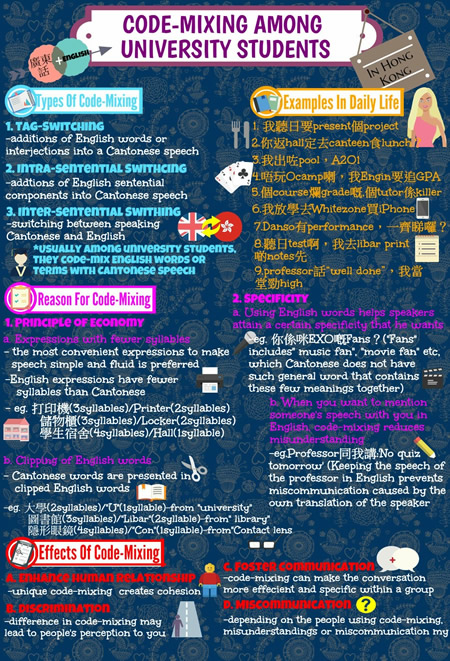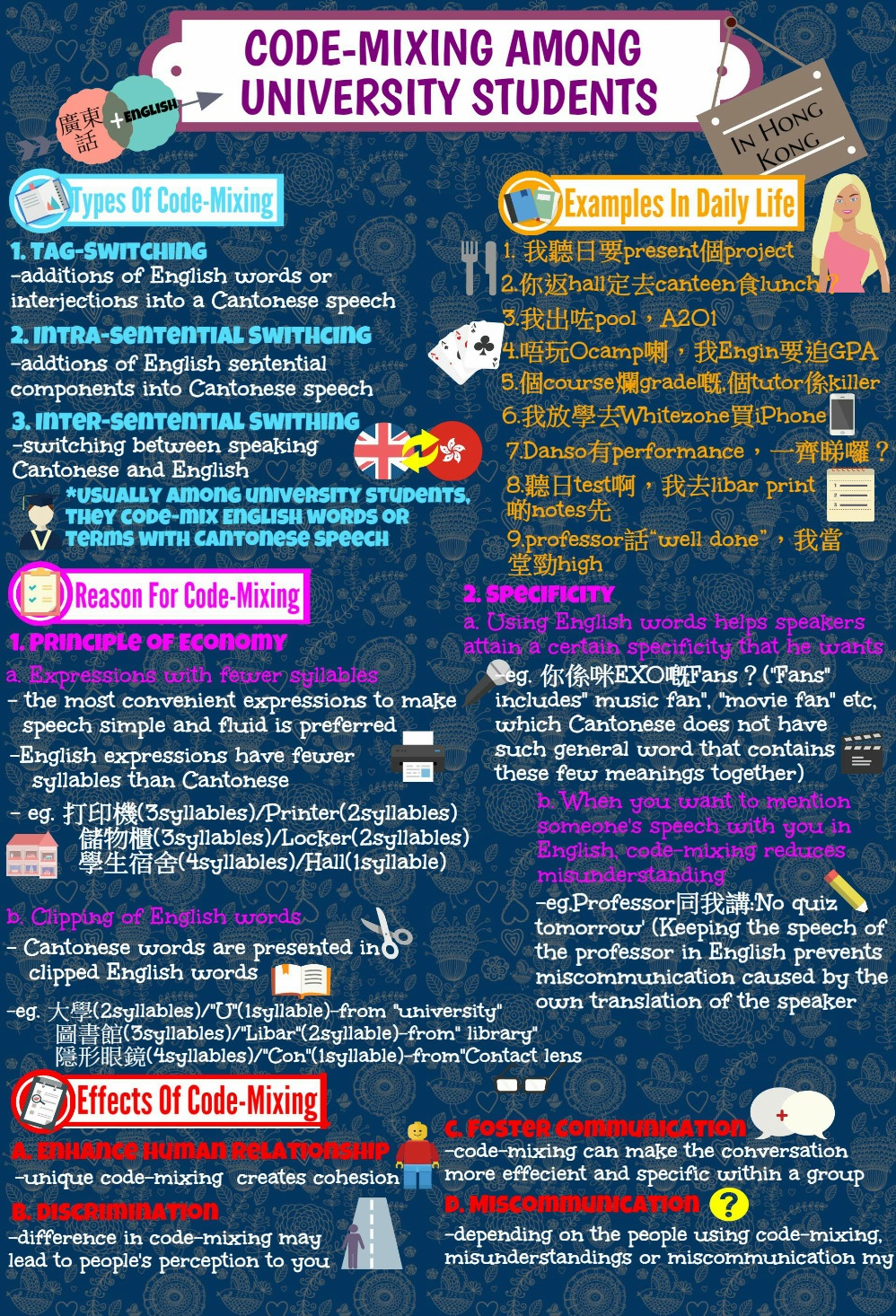GE1132 Mind, Brain and Language: How Are Human Beings Special?
2017-2018
A Study Investigating the Understanding Of Counterfactual Statements
| Students | Teacher |
|---|---|
|
AU, Lok Hin, Year 2, BSCSCMU3/CRM1*^ HUI, Nga Man, Year 1, BDBMS*^ JANG, Jin Sok, Year 3, BBAU4/BE1^ SHUM, Ho Ching, Year 1, BDSS*^ XU, Wei Wha, EXGB^ POON, Cui San Petra, Year 1, BDSS*
* responsible for video production
|
Dr. LAW, Paul |
The project investigates how speakers of Chinese understand counterfactual statements in Chinese and English. The purpose of the project is to verify to what extent Whorf's linguistic relativity hypothesis is true in Chinese, a language without explicit special verb morphology expressing counterfactual statements, in contrast with English. Two experiments were conducted. The first one was with 10 speakers of Chinese and 10 speakers of English. They were given a questionnaire with ten questions containing counterfactual statements in the language they speak. In the second experiment, the original Chinese questionnaire was modified with some additional words to make it explicit that the sentences are spoken in a counterfactual context.
The responses from the participants showed that in contrast with English speakers, Chinese speakers had some difficulty in understanding counterfactual statements, if no explicit indications of the counterfactual context are given. However, when the Chinese examples were modified to contain explicit information expressing counterfactual situations, then there is notable difference in understanding them. In this light, we drew the conclusion that the weak version of the linguistic relativity hypothesis is likely to be true, that is, the language one speaks has some influence on understanding of the world, but does not determine it.
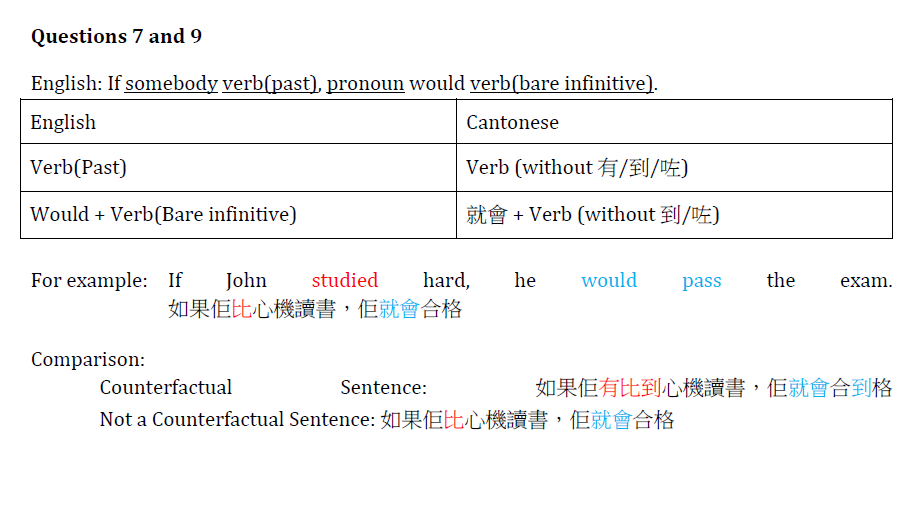
GE1133 Culture and Language in Manga, Anime and Beyond
2015-2016
Use of Kana (仮名) in Japanese Names: Gender Difference and Reasons Behind
| Student | Teacher |
|---|---|
|
CHENG, Max Xu Ying, Year 3, BSS4/PP stream: POSC XU, Frank Zishen, Year 4, BSC3/CM WU, Lily Zhenli, Year 4, BENG4/INFE WONG, Sear Sze Nga, Year 4, BSCSCM2/CRM1 LEE, Sonic Chun Hin, Year 4, BSCSCM2/CRM1 |
Dr. HARA, Yurie |
In this project, we investigated the use of kana1 in Japanese names, analyzing the gender difference and reasons behind. In Japanese Manga/Anime, most of character names are in kanji2. However sometimes we may encounter names of kana only. For example, 伊波まひる (Inami Mahiru) in WORKING!!! (in hiragara3) or 涼宮 ハルヒ (Suzuyami Haruhi) in 涼宮ハルヒシリーズ (in katakana4). According to our past experience, the kana names are more popular among female characters. Inspired by this phenomenon, we decided to study the gender difference in the use of kana, and explore the possible reasons. So we did data collection and analysis, and then conducted a survey to support our hypotheses.
1 Kana (仮名): syllabic Japanese scripts, which is part of the Japanese writing system.
2 Kanji (漢字): the adopted logographic Chinese characters that are used in the modern Japanese writing system along with hiragana and katakana.
3 Hiragana (平仮名): one component of kana, the word hiragana means "smooth kana".
4 Katakana (片仮名): the other component of kana, the word katakana means "fragmentary kana".
Good Guys Good Names
Bad Guys Bad Names?
| Student | Teacher |
|---|---|
|
QIU, Stella Ye, Year 3, EXGB Linguistics and Translation TAO, Tim Jing, Year 3, EXGB Linguistics and Translation KWOK, Ken Ka Leung, Year 4, Computer Engineering |
Dr. HARA, Yurie |
According to the theory of Kohler, sounds and shapes have some kind of relation. This theory is well applied by many authors in creating their characters’ names. For instance, Roronoa Zoro (ロロノア ゾロ), one of the heroes has four sonorants but only one obstruent in his name. However, Marshall D Teach (マーシャル D ティーチ), the villain, has three obstruents and two sonorants. Our project aims to investigate whether there is a connection between the sounds of names and the moral characters of the figures in One Piece. We are going to gather fifty hero names and fifty villain names, analyze the composition of their sounds, and then calculate the ratio of the sonorants and obstruents used in these names. Our hypothesis is that the names with more sonorants tend to be more heroic, while the names with more obstruents are likely to be more villainous.
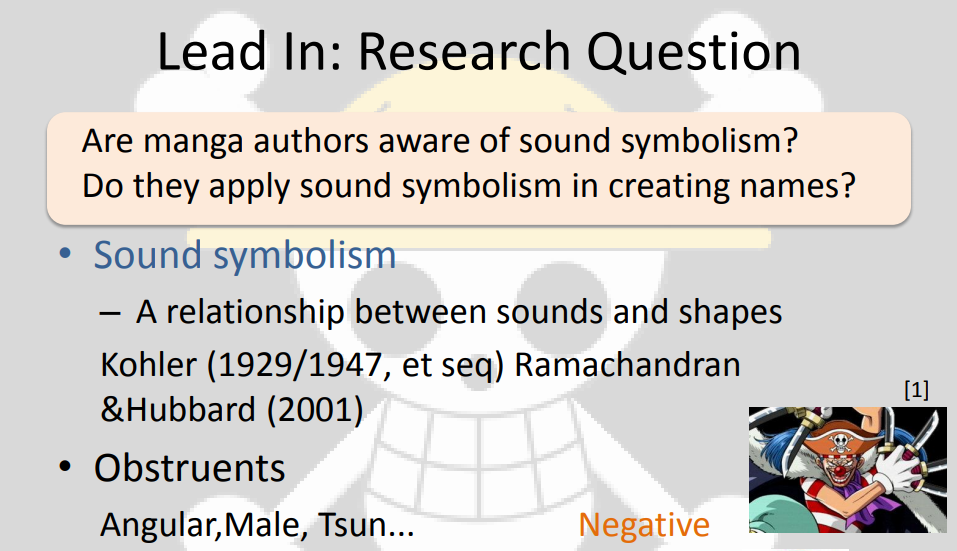
GE2111 Image of the City – Language, Culture and Society
2017-2018
The Aging Asian Tigers: Ageing Population and Cultural Conflicts in Hong Kong and Singapore
| Student | Teacher |
|---|---|
|
TSANG, Lai Lin Amy, Year 4, BAELST |
Dr. CHAN, Yuet Hung Cecilia |
Ageing population is a major challenge for both the Hong Kong and Singaporean government. Despite the different kinds of policies adopted to attract global talents the increasing welfare burden is still a daunting issue for both governments. In addition, the immigration policies led to the problem of cultural conflicts between local people and immigrants in different extent. in the use of kana, and explore the possible reasons. So we did data collection and analysis, and then conducted a survey to support our hypotheses.
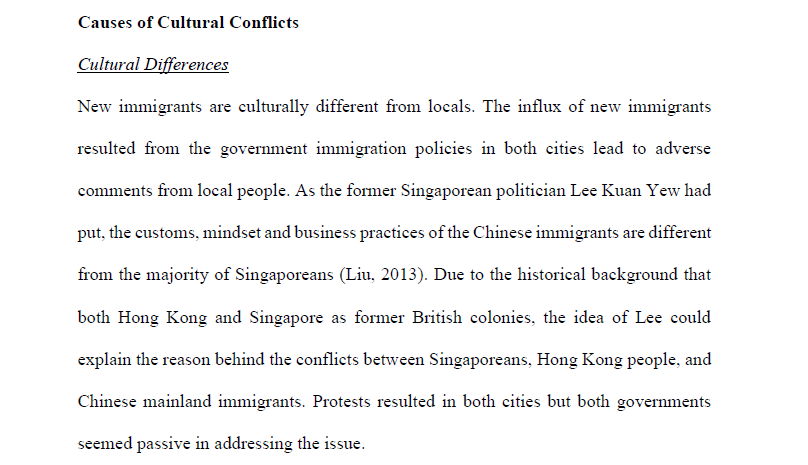
Full report
Related references
Singapore and Hong Kong Steal Chinese Blockchain Thunder
GE2124 The World through Languages
2015-2016
Code-mixing among University Students in Hong Kong
| Students | Teacher |
|---|---|
|
CHAN, Wai Pang, Year 3, ESE LAM, Chung Wai, Year 2, BE RAMKRISHNAN, Aruna, Year 2, AB WU, Chun Yin, Year 1 |
Dr. LI, Bin |
Hong Kong was a British colony. It has a unique bilingual environment, where both English and Cantonese are regarded as official languages students have to learn. Code-mixing, as in combing two languages or language varieties together in speech (Muysken, 2000), is well-developed in such bilingual environment. Not to mention that many people have gotten used to it, this linguistic phenomenon has become part of our life and to a certain extent it represents some of our culture.
Cantonese University students in Hong Kong are found to code-mix and create new bilingual terms most often, such as “libar” from library; “re-u” from reunion. Code-mixing is usually found among university students as one of its functions is to facilitate communication. Despite students’ tendency to code-mix, code-mixing does somehow affect their language behavior.
In this report, we would talk about the types of code-mixing, the reasons and effects of this practice. Not only did we review the literature, we also designed an experiment (meanwhile it is also a game)---to compare and analyze the performance of students reading code-mixed and non-code-mixed texts.
GE2125 The Bible: Its History, Literature, and Influence
2017-2018
The New Covenant and the Covenants in the Hebrew Bible
| Student | Teacher |
|---|---|
|
CHUI, Yee Ping, Year 1, BSSU2 |
Dr. LEE, Sie Yuen John |
This term paper explains the concept of covenants, and analyzes the differences between the New Covenant and the covenants in the Old Testament. It elucidates the historical background, the significance of ratification ceremonies, and the main purposes of the covenants. The author gives a comprehensive and fresh portrayal of these covenants, not only relying on facts presented in lectures but also discovering new ways of understanding their significance.
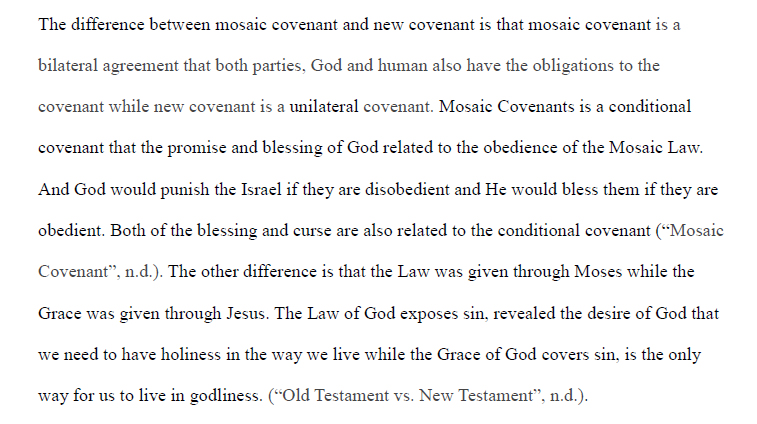
GE2125 The Bible: Its History, Literature, and Influence
2016-2017
Jesus' Identity in the Gospel of Mark
| Student | Teacher |
|---|---|
|
SINGJIE, Angelica, Year 2, BBAU4(FIN2) |
Dr. LEE, Sie Yuen John |
The people around Jesus had rather different understanding of who he was. This paper discusses what Jesus himself said about his own identity in the Gospel of Mark, and explains how the various characters in the Gospel of Mark recognized or failed to recognize the identity of Jesus. A significant novelty is that the discussion is based on an analysis of the "social network" of Jesus, i.e., a graph illustrating conversations between Jesus and other characters, of the Gospel of Mark.

LT2201 Introduction to Linguistics
2016-2017
Linguistic Analysis of Airbnb's Eleven Registered Chinese Names ——Whether “爱彼迎” Has Advantages among the Others
| Students | Teacher |
|---|---|
|
BAO, Yiqing, EXGB Linguistics and Translation DAI, Yilun, EXGB Linguistics and Translation HONG, Jiawen, EXGB Linguistics and Translation JIANG, Limin, EXGB Linguistics and Translation |
Prof. LIU, Meichun |
This project aims to explore linguistic explanation of Airbnb’s final Chinese translation “爱彼迎” compared with the other registered ones. These eleven names are fastidiously analyzed from the perspective of phonology, morphology and semantics. Within each of these aspects, quantitative and qualitative are two main methods employed so as to organize and substantiate the project in a logical approach. Finally, a conclusion is drawn that “爱彼迎” needs further polish since it is inflicted with awkward pronunciation, inappropriate collocation and negative meaning association.

The three special word order features in Cantonese
| Students | Teacher |
|---|---|
|
LI, Chaoyu, Year 2, BSSU4 MENG, Qinghan, Year 2, BSSU4 YANG, Mengmeng, Year 2, BAU4 (ELST) |
Dr. ZHANG, Wei |
This project mainly discusses about three special word order features in Cantonese compared to Standard Modern Chinese, and local people's awareness of these features. The three special word order features are the post-positioned adverbial clauses, the post-positioned attributive and the post-positioned indirect object. The report lists several examples which are commonly used in daily life, such as local newspaper, forums, videos. The resources assists us to further study and explain the interesting language features. Also, a kind of quantitative methods, the questionnaire, is used to test local people's awareness of those features. This project also aims to have a great impact on translation researches between Cantonese and Mandarin, and help Cantonese speakers avoid making some mistakes when writing.

Word Association in Cantonese
| Students | Teacher |
|---|---|
|
CHAN, Ching, Year 4, BALLA CHAN, Sze Ming, Year 3, BALLA LAW, Wai Lam, Year 3, BALLA |
Prof. LIU, Meichun |
In this study, we have chosen Cantonese as target to figure out how words or phrases are stored in human brain. We hypothesized that collocation should be the most dominant sense relation among all since it had no clear-cut to define it. 30 Cantonese native speakers were invited in our study. Finally, we found that Collocation was the most dominant sense relation for Verb and Noun in Cantonese. Whereas, Attributive was the majority for Adjective. Also, Collocation shared the highest proportion which is consistent with our hypothesis and functional relation shared the lowest proportion in the data.
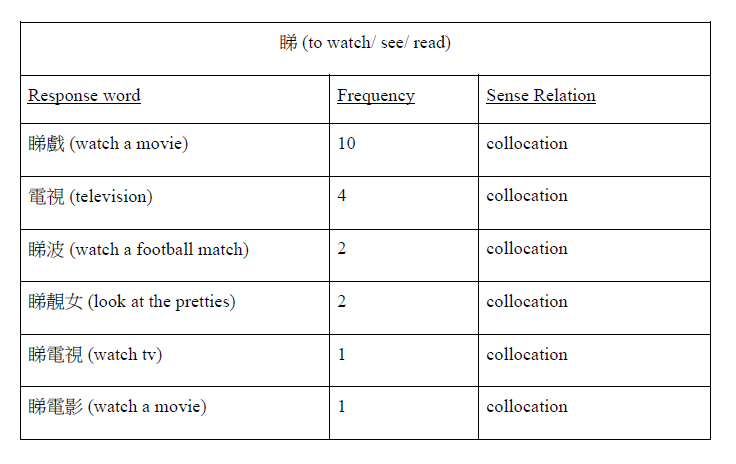
GE3104 Data is Beautiful: Visualization in the Humanities
2017-2018
Common Vocabularies and Contrasting Adjectives on Amazon Book Review Dataset with Correlation to Positive and Negative Reviews
| Student | Teachers |
|---|---|
|
LI, Wang Yau, Year 4, BALLA |
Prof. WEBSTER, Jonathan
Dr. LEE, Sie Yuen John |
This report visualizes and analyzes the word usage in the Amazon Book Review Dataset, focusing on the vocabulary and especially adjectives that are associated with reviews with the lowest and highest scores. It applies the AntConc software to discover the most statistically significant words used in the reviews. Using the implementations in RAWgraphs and Gephi, it then presents innovative visualizations of the words and their parts-of-speech with treemaps and graphs.
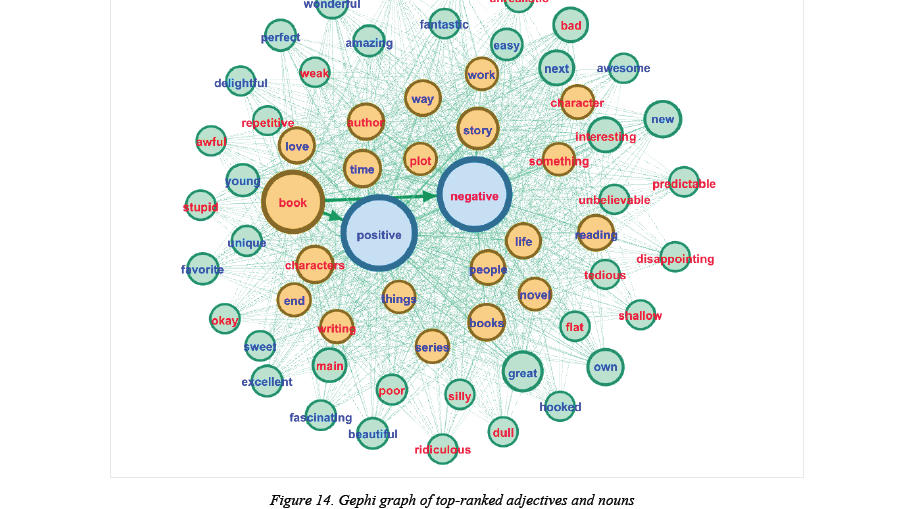
GE3104 Data is Beautiful: Visualization in the Humanities
2017-2018
Visualization of Apple product keynotes before and after 10 years
| Student | Teachers |
|---|---|
|
CHAU, Yin Shing, Year 2, BALLA |
Prof. WEBSTER, Jonathan
Dr. LEE, Sie Yuen John |
This report visualizes and analyzes linguistic patterns in two keynote speeches on Apple products, given in 2007 and 2017. It presents statistics on word frequencies, collocations, and keyness of modal verbs, adjectives and product names, and discusses how they relate to the background and the purposes of the two keynote speeches. Further, it analyzes how the speaker introduced the new products.
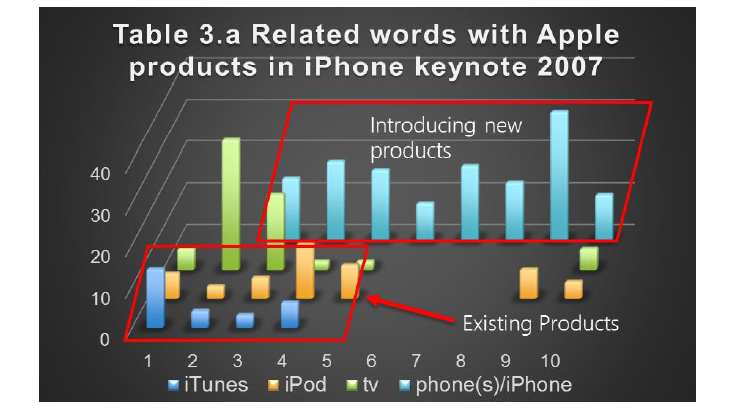
GE3108 Language in Art, Invention and Inspiration
2018-2019
Investigating effective social criticism in Mrs. Maisel’s stand-up comedy with RST and Theme-Rheme analysis
| Students | Teachers |
|---|---|
|
HSU, To-liang, Year 1, BSCEGU4/BSC1 WU, Qianyi, Year 1, BSCEGU4/BSC1 |
Prof. WEBSTER, Jonathan
Dr Cheung Lok Ming Eric |
This assignment, completed by two non-linguistic major students, adopted a text linguistic approach to highlight the rhetorical structure of excerpts of stand-up comedies appearing in a TV drama namely The Marvelous Mrs Maisel. In the assignment, the students found that there is a particular pattern, termed as “the highlighted positions”, for preparing for her punchline. Such a pattern may come in groups of three, with the third line being the punchline, in order to create a “rhythmic tempo” and control the pace of the talk. This kind of pattern also facilitates channeling of strong emotions to the audience through repetitions.
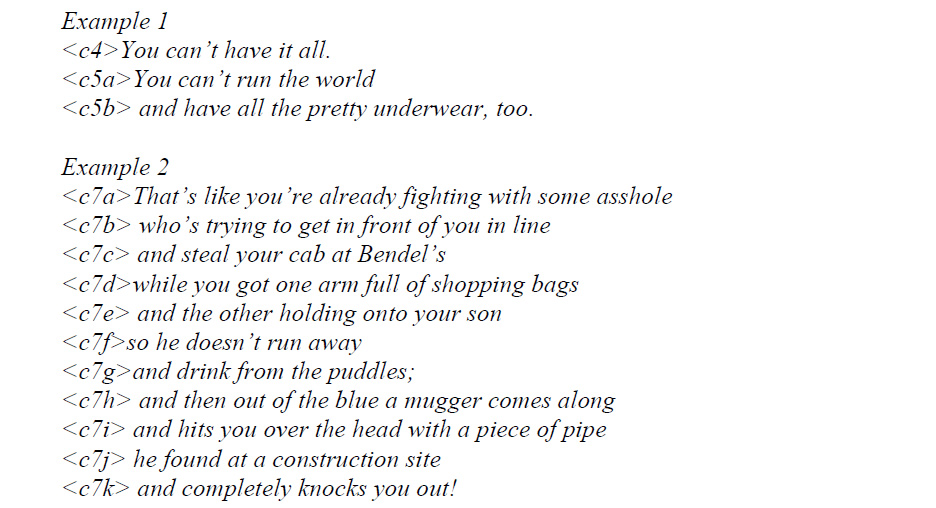
Disclaimer
To make use of any material hosted at this page, you must give appropriate credit, provide a link to the source of origin, and indicate if changes were made. You may do so in any reasonable manner, but not in any way that suggests the copyright owners endorses you or your use.
You may not use the material for commercial purposes.
